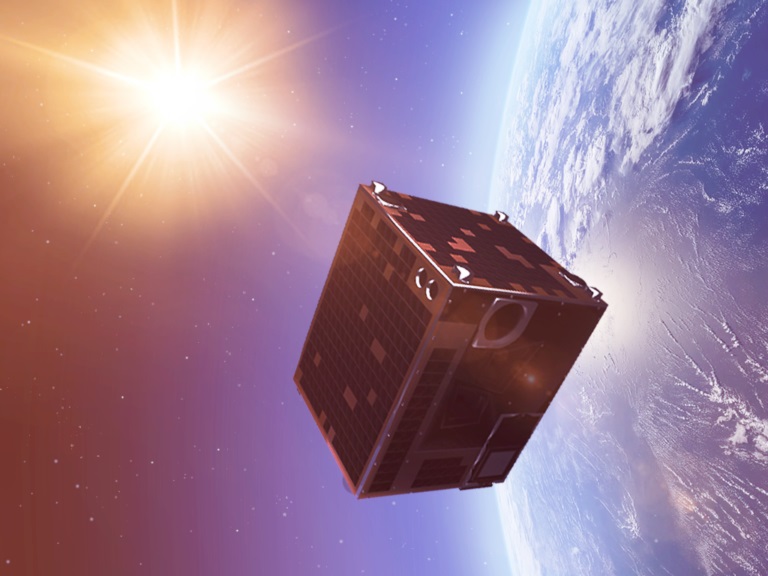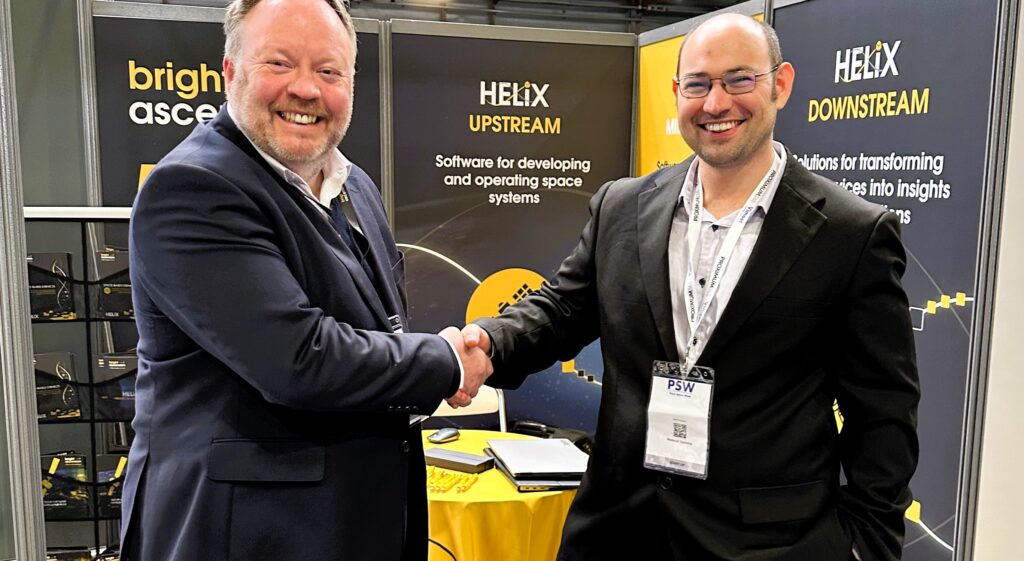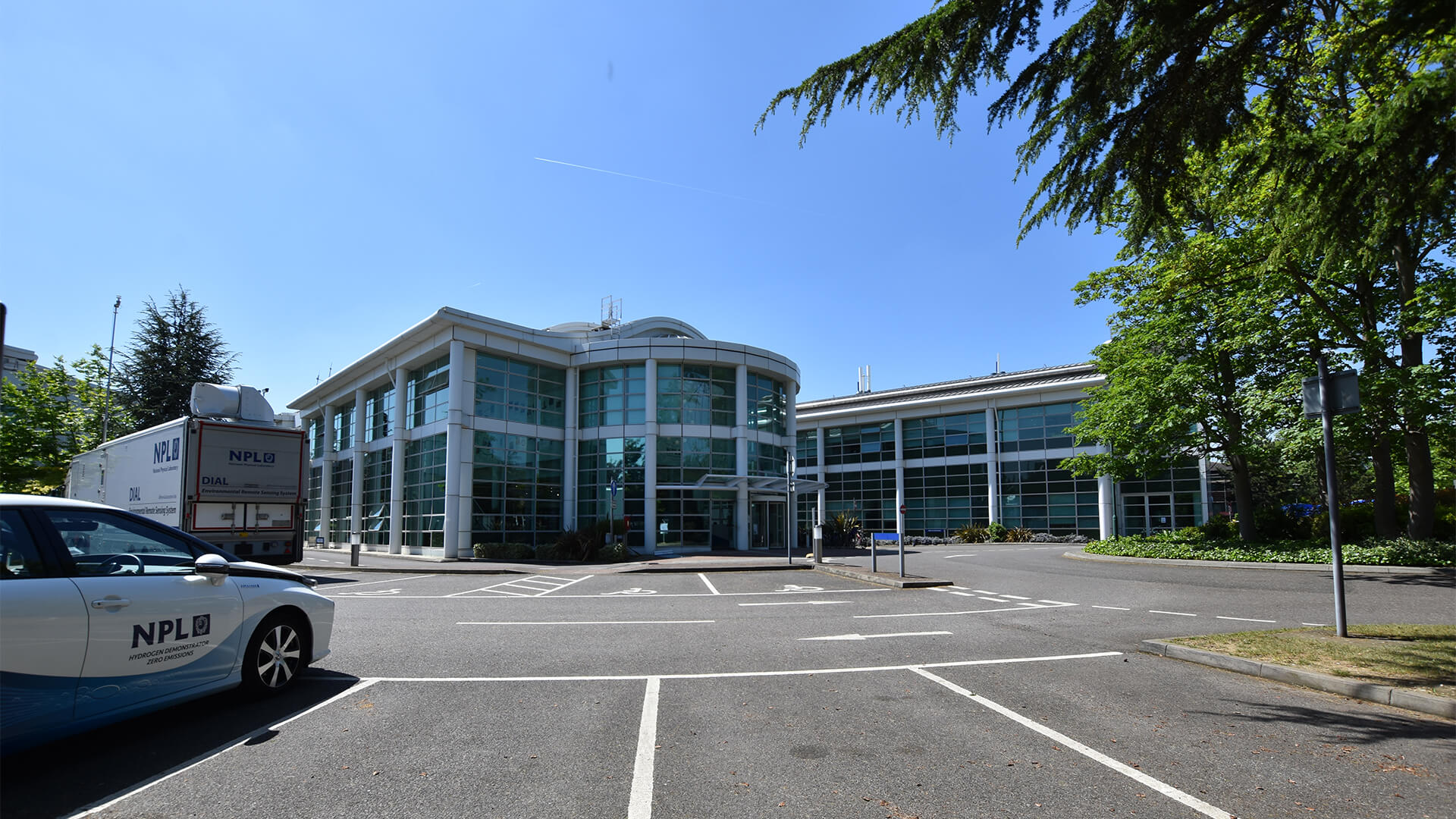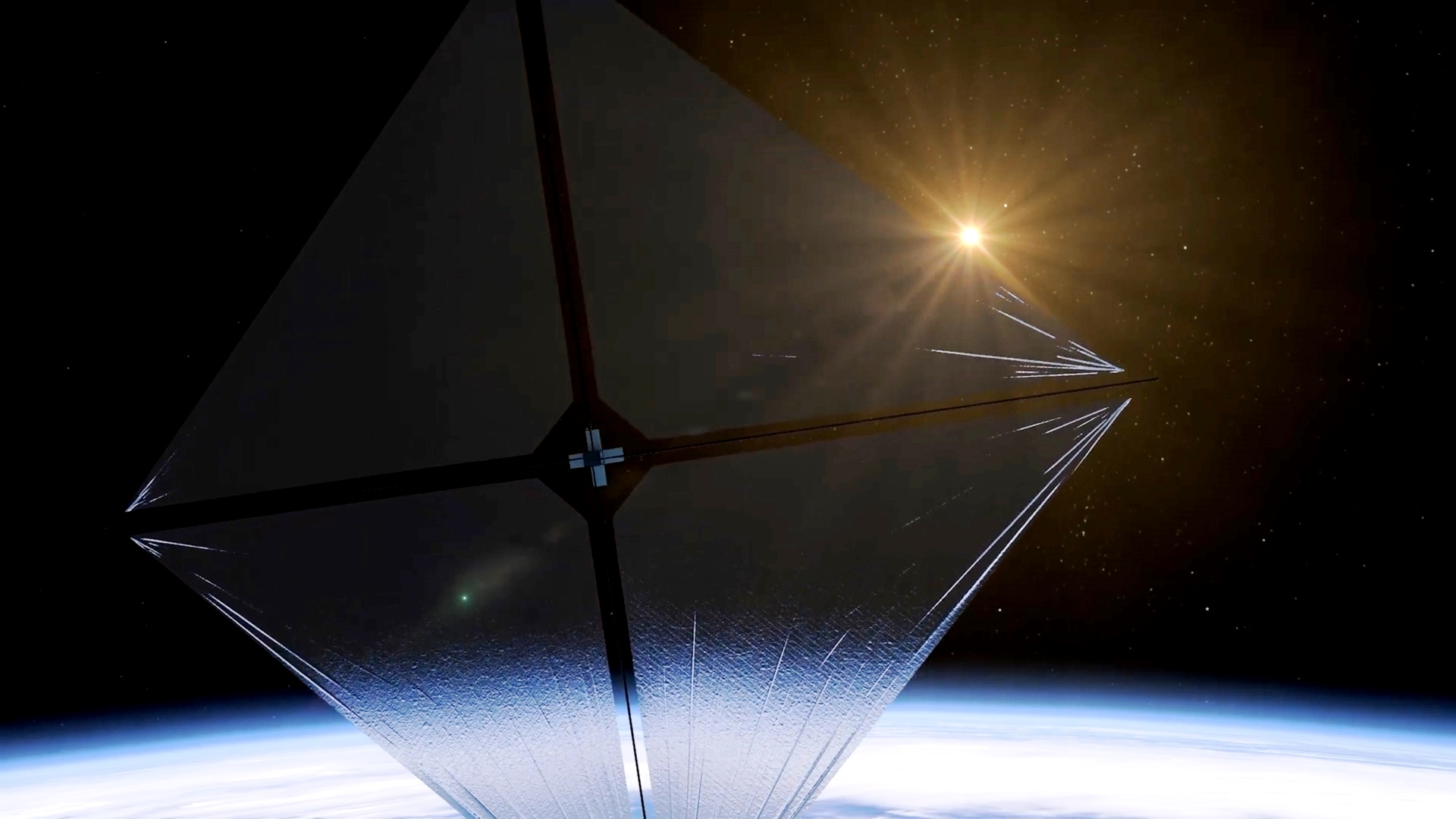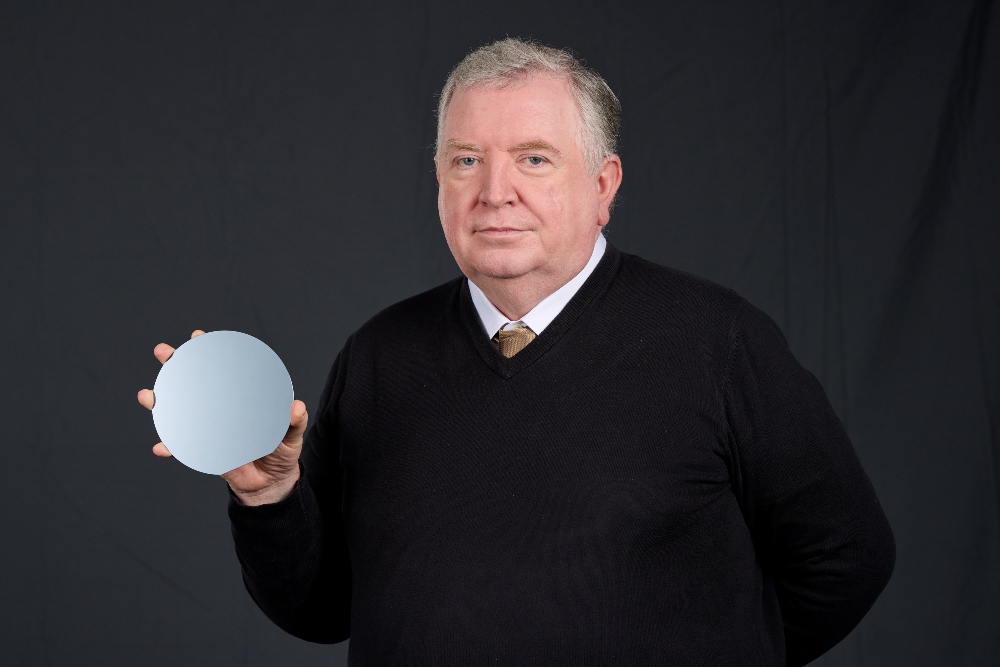Tim Peake controls British-built rover from space

Above:
On Friday 29th April 2016, astronaut Tim Peake drove a Mars rover named Bridget in Hertfordshire from the International Space Station as part of ESA's Meteron project that aims to prepare future human-robotic missions to the Moon, Mars and beyond. The results were beamed live to scientists at the Airbus Defence and Space Mars Yard Test Area in Stevenage.
© ESA
Building on previous test campaigns in the European Space Agency-led Meteron project, the experiment saw ESA, the UK Space Agency and Airbus Defence and Space working together to investigate distributed control of robots in a mock-Mars environment. This simulated Mars environment, known as a Mars yard, was created by Airbus Defence and Space to develop the locomotion and navigation systems for ESA’s ExoMars rover. The experiment will provide valuable data to assess the benefits of human involvement in a rover’s path planning.
Jo Johnson Minister of State for Universities and Science said: "The UK is playing a leading role in international space programmes like Meteron and ExoMars, tackling incredibly complex and exciting challenges from space. This European partnership demonstrates how UK technology and scientific expertise are helping open up our solar system and the development of new technologies that bring new jobs to the UK and help to solve problems back on Earth."

Above:
Bridget, the UK built Mars rover that Tim Peake controlled from space.
Courtesy UK Space Agency (Max Alexander)
With the future exploration of the Solar System being both a human and robotic endeavour, the purpose of the Meteron programme is to prepare for missions that are likely to involve astronauts orbiting the planet and controlling or supervising rovers on its surface. The advantage of this method is that it will cut out the time delay due to distance experienced when controlling rovers from Earth and allow more direct intervention from humans when needed, for example to navigate around hazards or identify targets.
Whilst human exploration is a relatively new but expanding area for the UK, we already have a strong heritage in robotics and autonomous systems - important technologies to the country’s international competiveness, productivity and economic growth across a broad range of industrial sectors. The international ExoMars mission is a great example of our success in robotics, with the UK being the second-largest contributor to the mission through the European Space Agency. This contribution has secured the future of the high-impact space programme and given the UK the overall leadership of the rover module whose complete design, including the final integration and testing, will be done in the UK.

Above:
Bridget being put through her paces by Tim Peake.
Courtesy UK Space Agency (Max Alexander)
Meteron experiment
During the experiment, a representative mission scenario was set up in which a rover was commanded to go from a lit environment into a challenging dark location (simulating a cave or a shaded crater) and identified a number of science targets. The Mars yard (30 metres by 13 metres) was split into two areas, one lit and one in the dark. From one end of the yard, Airbus’s rover, named ‘Bridget’, was commanded from ESOC, ESA’s European Space Operations Centre, Darmstadt, Germany, until it reached the edge of the shaded area.
Then at the edge of the ‘cave’, control was passed to astronaut Tim Peake, on board the ISS, who controlled Bridget to drive across the yard, avoiding obstacles and identifying potential science targets, which were marked with a distinctive ultraviolet fluorescent marker.
Once the targets were identified and mapped, Tim drove the rover out of the shaded area and handed control back to ESOC, who drove the rover back to its starting point.
Science on the ISS
Meteron is just one of many scientific experiments that use the ISS. Research in space crosses multiple disciplines as the unique environment of the ISS offers a great opportunity to investigate novel materials, life in space, the human body, fluid physics, new technologies and much else that cannot be studied on Earth. Following the UK’s investment in human spaceflight and research in the space environment, UK researchers now have access to the $100-billion ISS programme and the UK has a strong research base, rapidly establishing itself as a key player in space environments research.
During his mission on board on ISS, Tim Peake has carried out a number of experiments and been the test subject in many others. These experiments include monitoring fluid changes in the inner ear to assess brain pressure, research into muscle atrophy and how it may help patients rehabilitate on Earth, using a Fundoscope to learn more about changes to vision in space, research into airway inflammation, using special furnaces to rapidly heat and cool metals – testing their properties to a high degree of accuracy for making new materials on Earth and testing technology for autonomous docking of spacecraft (SPHERES) and haptics technology – giving tactile feedback for the remote control of robotic vehicles (another project within the broader METERON programme).





